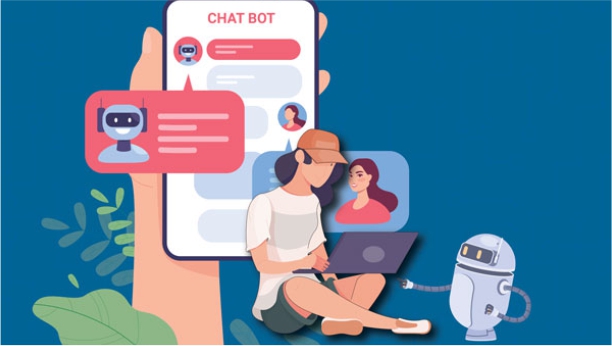
Generative AI can help all of us to be more connected, clear, concise, and confident in our communication. By partnering with AI in our preparation and practice, we can better help our audiences to understand, remember, and act on our communication.
Log In or become an AIMA member to read more articles
